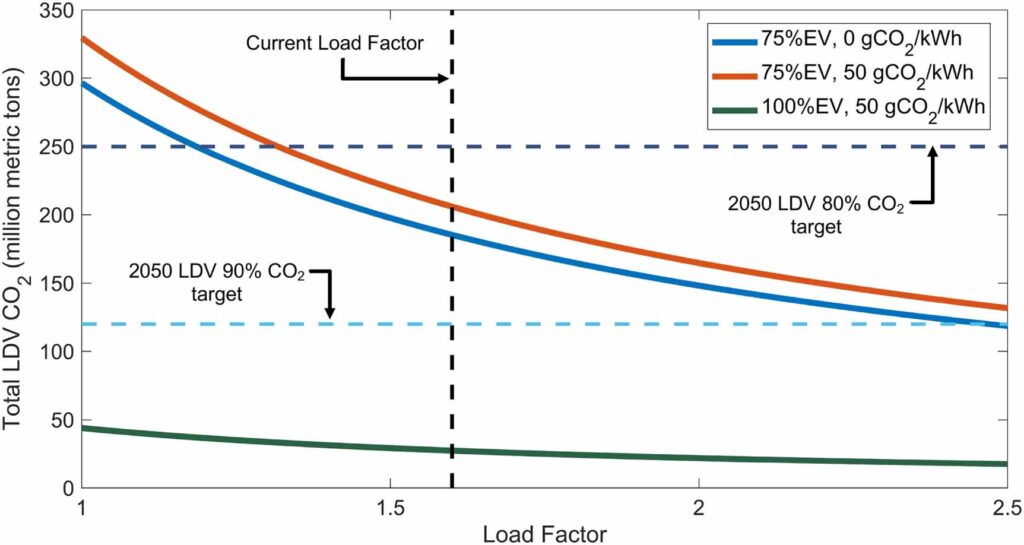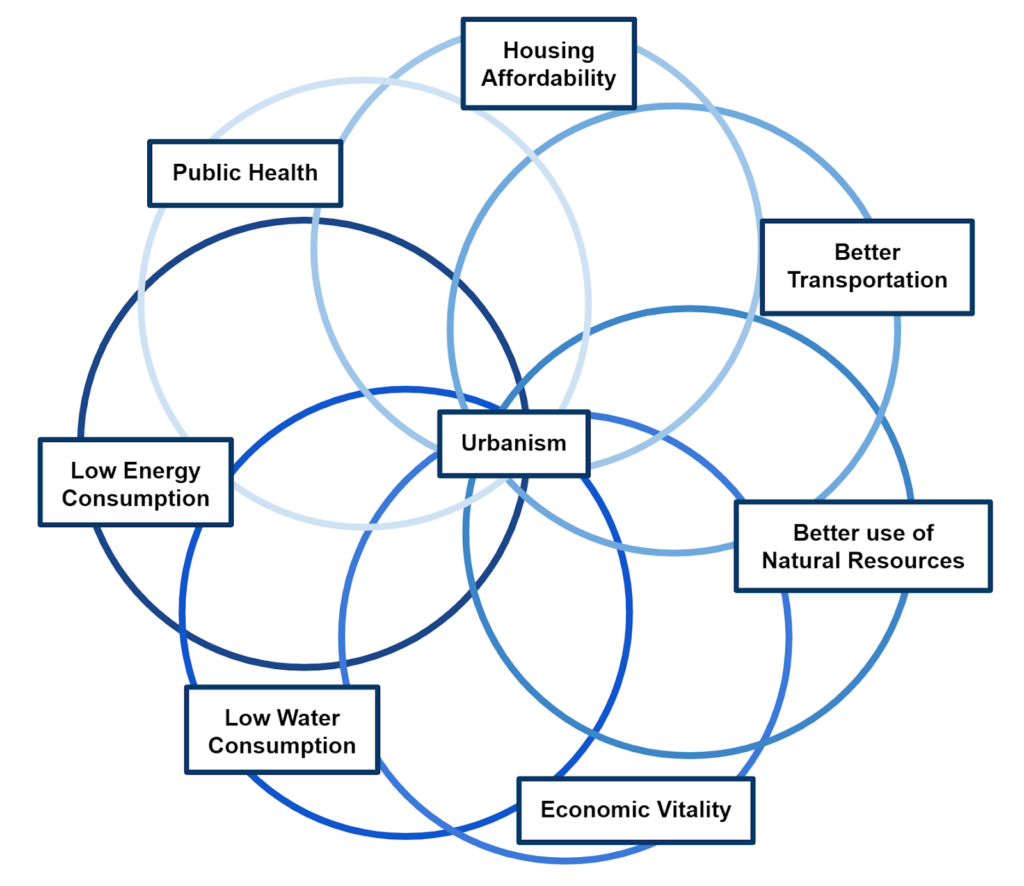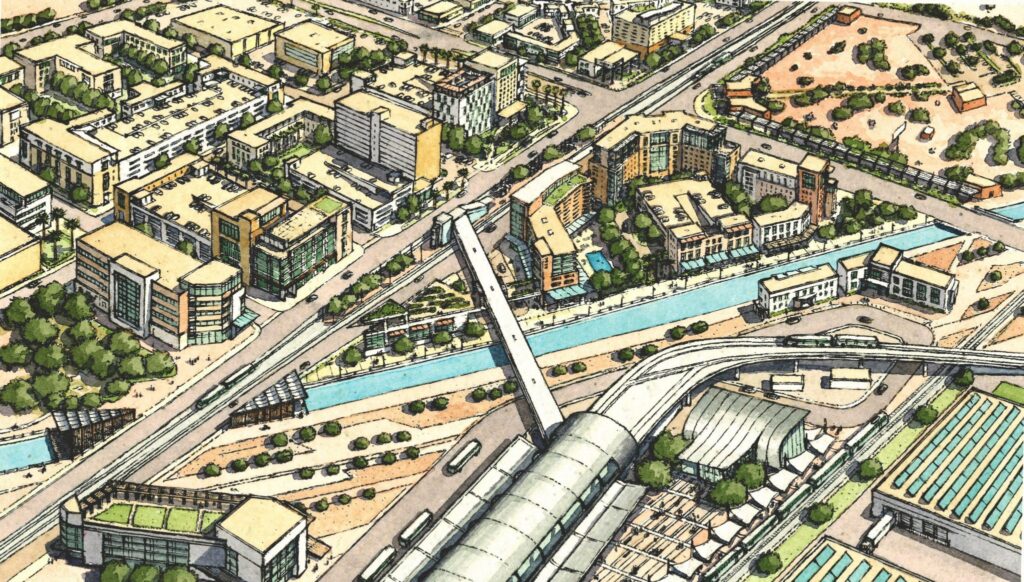Urbanism is the discipline that focuses on the planning, design, and governance of the built environment, its natural environment context, and the human communities within which people live, work, learn, share, and play.

Our towns, villages, and cities need our help. We are a professional network of expert planners, designers, builders, and public leaders who have worked tirelessly to improve the communities across our country.
We have experienced what works by collaborating side by side with your constituents and we know the catalytic tools for the change we need. We can rebuild our communities to maximize economic, health and social capital – all while strengthening our local ability to thrive. The country can’t wait, we must act now.

EMISSION REDUCTION
We will have to reduce our collective emissions by 80-90% below 1990 levels by 2050 in order to avoid the worst impacts of climate change. That correlates to 1⁄3 less vehicle miles traveled, in order to reduce demand for energy to levels that can feasibly be produced from renewable sources that can be brought online between now and then.

We can achieve these goals by rebuilding our communities around the principles of urbanism: walkable neighborhoods where most essential destinations are close enough to home, that walking or bicycling becomes a feasible alternative to an automobile trip. Urbanism alone can get us 3⁄4 of the way towards this emission reduction. The last quarter can be reached through transportation demand management strategies, such as carbon taxes and congestion pricing.

Americans already reshape our places every day; each year, we spend $3.5 trillion on real estate and construction. These industries cement into place a built environment that lasts centuries. Every year, we thus make investment decisions that either can further entrench an unsustainable status quo, or pave the way towards a more sustainable future.
We can leverage all of that investment to rebuild our communities around the principles of urbanism, and quickly achieve our emission reduction goals – but this isn’t the only reason we should pursue urbanism.
URBANISM IS A FORCE MULTIPLIER
In military science, a force multiplier refers to a factor or combination of factors that give the ability to accomplish greater feats than without it. Urbanism is a force multiplier for efforts to reduce GHG emissions and adapt our communities to strengthen their resiliency against the worst impacts of climate change, such as the risks of wildfire and storm surge combined with sea level rise.
The solutions we are proposing can reduce greenhouse gas emissions from buildings, transportation, materials and waste by 90% in 2050, or more.
Infrastructure investments, such as transportation, housing, community development, and environmental grants to state and local governments, should be made with an eye towards solving tomorrow’s problems. These investments should reward localities for making better choices, not for carrying on with what doesn’t work. Innovative project finance approach- es can multiply public funds’ impact by harnessing Urbanism’s power to catalyze economic gains. Investments that may result in a net increase in GHG emissions should be abandoned; those that will enhance or create walkable communities should be the focus.


Regulatory and tax decisions have far-reaching implications, as they shape torrents of capital via these vast industries. From rules about mortgage eligibility to rules about fair housing, from the basics of zoning to use of public lands, federal rules shape millions of daily decisions that impact buildings and transportation. Better rules will create better places.
Research, development, and technical assistance can disseminate emerging ideas and technologies across the country. Technologies borne of federal research have already transformed America’s electricity sector, and can do the same to repower the building and transportation sectors. Technical assistance for urban and rural communities should spur innovation, coordinate regional action, and focus efforts on creating and strengthening walkable, low-carbon complete communities.
